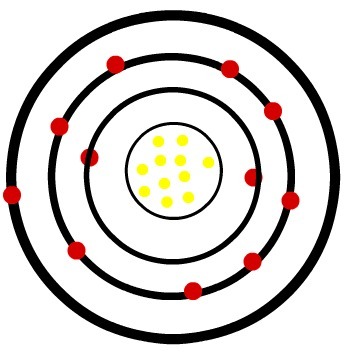Thanks to the tilt of the Earth's imaginary axis, we have our four well-defined seasons. In spring, the hemisphere tilts toward the Sun. This results in longer days and mild temperatures.
During the summer, the hemisphere tilted toward the Sun experiences the longest days and the hottest temperatures of the year.
see more
Last Supermoon of 2023 will be tomorrow, Friday, September 29th; no…
Marie Curie: life and legacy of one of the greatest scientists in history
In autumn, the two hemispheres receive approximately equal sunlight, resulting in days and nights of similar length. The leaves on the trees change color and fall, indicating that they are preparing for the next season: winter.
In winter, the tilted hemisphere moves away from the Sun, causing short days and colder temperatures. But what are the seasons like on other planets?
As we said, our seasons are thanks to the Earth's inclination in relation to its own axis, which is 23.5 degrees. Other factors, for example distance from the Sun, also have a great influence on this.
On Venus, the seasons are ephemeral, while on Saturn, each one can last for up to seven years. On the other hand, Mercury does not have notable seasons due to its proximity to the Sun.
Already on Neptune, the seasons are so striking that, in a hypothetical life there, our existences would not be long enough to witness all the seasonal changes.
What is the explanation for this?
A NASA clarifies the seasons on planets by relating them to the axial inclination and the variation in the planet's distance from the Sun (orbital eccentricity).
When the north pole tilts towards the Sun, it is summer. If the south pole is tilted, it is winter. The interference of axial tilt and orbital eccentricity varies between planets, affecting their seasons and weather conditions in different ways.
Venus, for example, is the closest planet to the Sun after Earth, but its axial tilt of just 2.7 degrees is one reason its seasons are not as extreme as Earth's.
(Image: disclosure)
The high and almost constant surface temperature on Venus, around 460°C, is the result of this small axial tilt, which creates little thermal difference between winter and summer.
On the other hand, Mars, our other planetary neighbor, has a more elliptical orbit, unlike our planet's nearly circular orbit.
The elliptical orbit causes longer and more distinct seasons, approximately twice as long as Earth's.
Furthermore, the “Red Planet” experiences fluctuations in atmospheric pressure, with a 25% reduction in winter compared to summer, due to specific atmospheric processes.
This shows how each planet's axial tilt, orbit, and other unique characteristics affect the nature and length of their seasons, making each of them a unique world to be studied in its own right context.
At Trezeme Digital, we understand the importance of effective communication. We know that every word matters, which is why we strive to deliver content that is relevant, engaging and personalized to meet your needs.

